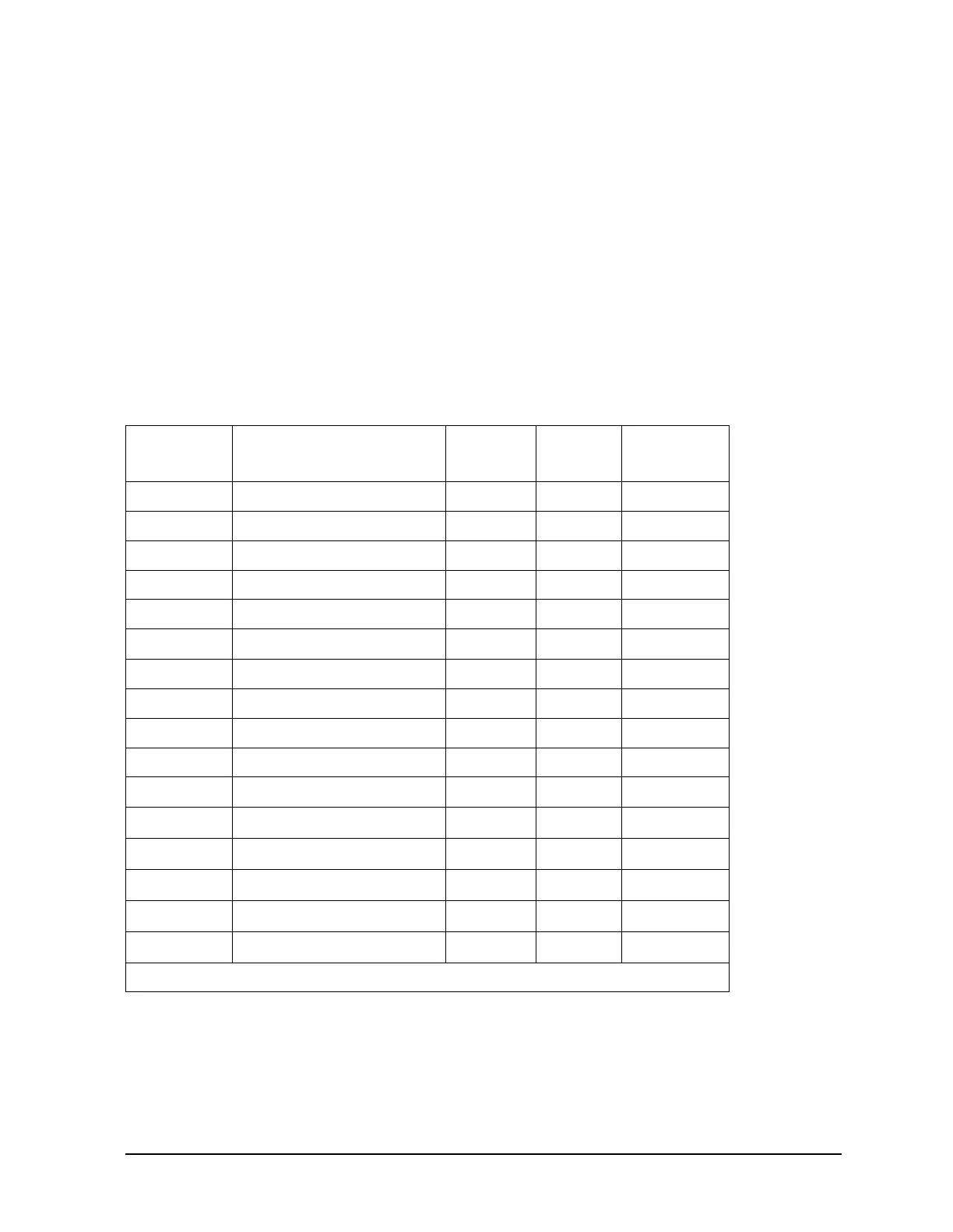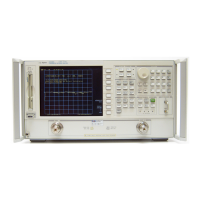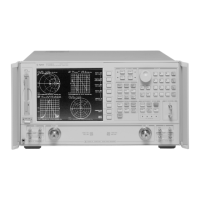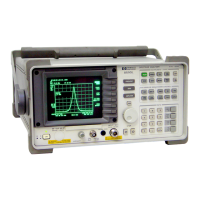Chapter 8 8-7
Receiver Troubleshooting
Check the 4 MHz REF Signal
Check A10 by Substitution or Signal Examination
If the 4 MHz REF signal is good at the A10 digital IF assembly, check the A10 assembly by
one of the following methods:
• Substitute another A10 assembly or
• Check the signal/control lines required for its operation. The pins and signal sources of
those lines are identified in Table 8-1. It is possible that the A9 assembly may not be
providing the necessary signals. These signal checks allow you to determine which
assembly is faulty. Some of the waveforms are illustrated by Figure 8-2 and Figure 8-3.
If the substitute assembly shows no improvement or if all of the input signals are valid,
continue with “Check the 4 kHz Signal” on page 8-9. Otherwise, troubleshoot the suspect
signals or consider the A10 assembly faulty.
Table 8-1 Signals Required for A10 Assembly Operation
Mnemonic Description A10
Location
Signal
Source
See Figure
DIFD0 Digital IF data 0 (LSB) P2-27 A9P2-27 *
DIFD1 Digital IF data 1 P2-57 A9P2-57 *
DIFD2 Digital IF data 2 P2-28 A9P2-28 *
DIFD3 Digital IF data 3 P2-58 A9P2-58 *
DIFD4 Digital IF data 4 P2-29 A9P2-29 *
DIFD5 Digital IF data 5 P2-59 A9P2-59 *
DIFD6 Digital IF data 6 P2-30 A9P2-30 *
DIFD7 Digital IF data 7 (MSB) P2-60 A9P2-60 *
L DIFEN0 Digital IF enable 0 P2-34 A9P2-34 *
L DIFEN1 Digital IF enable 1 P2-5 A9P2-5 *
L DIFEN2 Digital IF enable 2 P2-35 A9P2-35 *
DIFCC Digital IF conversion comp. P2-33 A10P2-33
Figure 8-2
DIFCLK Digital IF serial clock P2-4 A10P2-4
Figure 8-2
DIF DATA Digital IF serial data out P2-3 A10P2-3
Figure 8-2
L ENDIF L=enable digital IF P2-17 A9P2-17
Figure 8-3
L INTCOP L=interrupt, DSP P2-2 A10P2-2
Figure 8-3
*Check for TTL activity.

